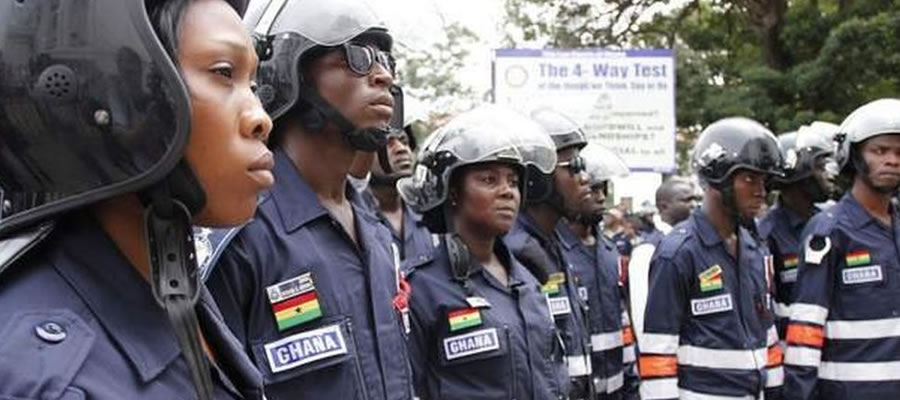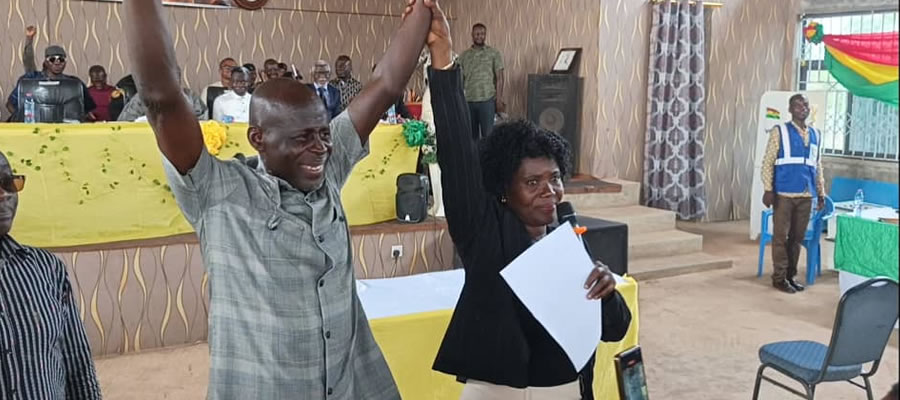

Topology & Drainage
The relief of the district is undulating and rises between 150 and 600 meters above sea level. The isolated hills are located around Asuokor, Goka and Suma-Ahenkro.
The drainage pattern of the district is largely dendritic and flows in a south and south eastern direction. The major river in the district is the Tain whilst a number of minor streams abound in the district.
Climate& vegetation
Lying within the wet semi-equatorial region, the district experiences a mean annual rainfall ranging between 120mm to 178mm. The district enjoys bi-modal rainfall patterns with the major one occurring between April to July and the minor one between September to October each year.
Relative humidity is generally high, ranging between 70-80% during the rainy season. The month of August usually experiences a short dry season with the major one occurring between November to March. Average annual temperature is about 260 Celsius.The vegetation of the district is characterized by two main ecological zones. The major vegetation is the woodland consisting of widely dispersed short trees and grasses/shrubs.
This covers about 65% of the total land area of the district. This part of the land is suitable for the cultivation of cashew, yam, cassava, rice, beans and groundnut.
Major towns located in this area are Sampa, Jamera, Kabile, Bonakire, Adadiem, Jenini, Duadaso and Suma-Ahenkro. The semi-deciduous forest also consists of secondary forest that is suitable for the cultivation of plantain, cocoyam, cassava and yam.
It is in this area that major timber species such as Odum, Wawa, Mahogany and Teak harvested in the district are found. Major settlements in this area include Seketia, Asiri, Jankufa, Goka, Asuorkor and Asantekrom.
Geology & soil
The district is largely characterized by soils developed from the Birimanian and Buem series. These geological features together with the vegetation influence give rise to two main soils in the district, namely the Savanna Ochrosols and the Forest Ochrosols.Birimian, Buem, and Dahomeyan rocks underlie the land area of the district. Considering the mineral potential of these rocks, mountainous areas like Asuokor and Asantekrom have potentials for gold exploitation whiles clay deposits also abound in Bonakire and Adadiem area.
Date Created : 11/29/2017 2:34:09 AM












 facebook
facebook
 twitter
twitter
 Youtube
Youtube
 +233 593 831 280
+233 593 831 280 0800 430 430
0800 430 430 GPS: GE-231-4383
GPS: GE-231-4383 info@ghanadistricts.com
info@ghanadistricts.com Box GP1044, Accra, Ghana
Box GP1044, Accra, Ghana